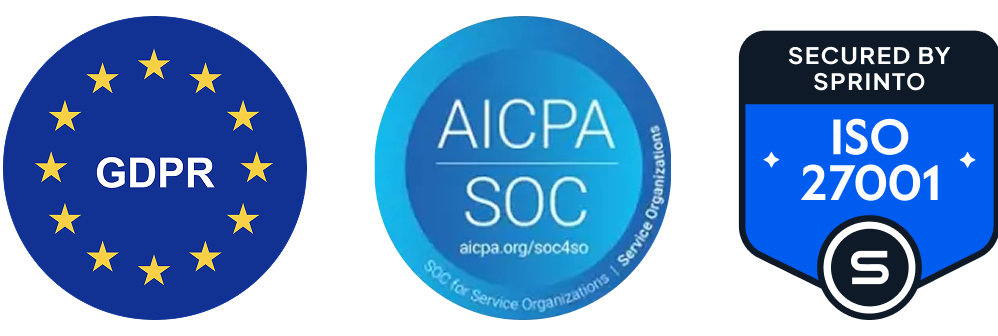Product
.svg)
.svg)
.svg)
Platform



.svg)
Build real-time dashboards and monitoring tools powered by your time-series data from InfluxDB — all without writing complex backend code.
Build real-time dashboards and monitoring tools powered by your time-series data from InfluxDB — all without writing complex backend code.
.svg)
.svg)
















